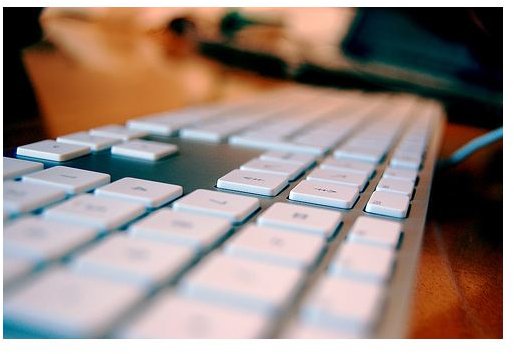
Likes/Dislikes
While reading chapter 7 “Supporting
Student Production”, I learned many new things based on this new form of
learning. I liked how the chapter implemented all the different levels of tasks
and activities that could be used inside the classroom. However I found it
difficult to visualize the complex of some production tasks and the
accessibility provided to students in the class with learning challenges and
defencies such as English learning students.
Clarification
Although the benefits of student
production could be very beneficial in the learning environment I am confused
on how production tasks used through technology could benefit all students. How
could you implement activities based on these circumstances? How could a
teacher assess a students’ progress?http://tameikatsquare.blogspot.com/2010/08/supporting-student-production.html
Connections
One production task I recall
completing in middle school was a task where our class had to create
pamphlets/brochures to make it appealing to a tourist. I plan to use a creative
production assignment like this as well in my classroom








